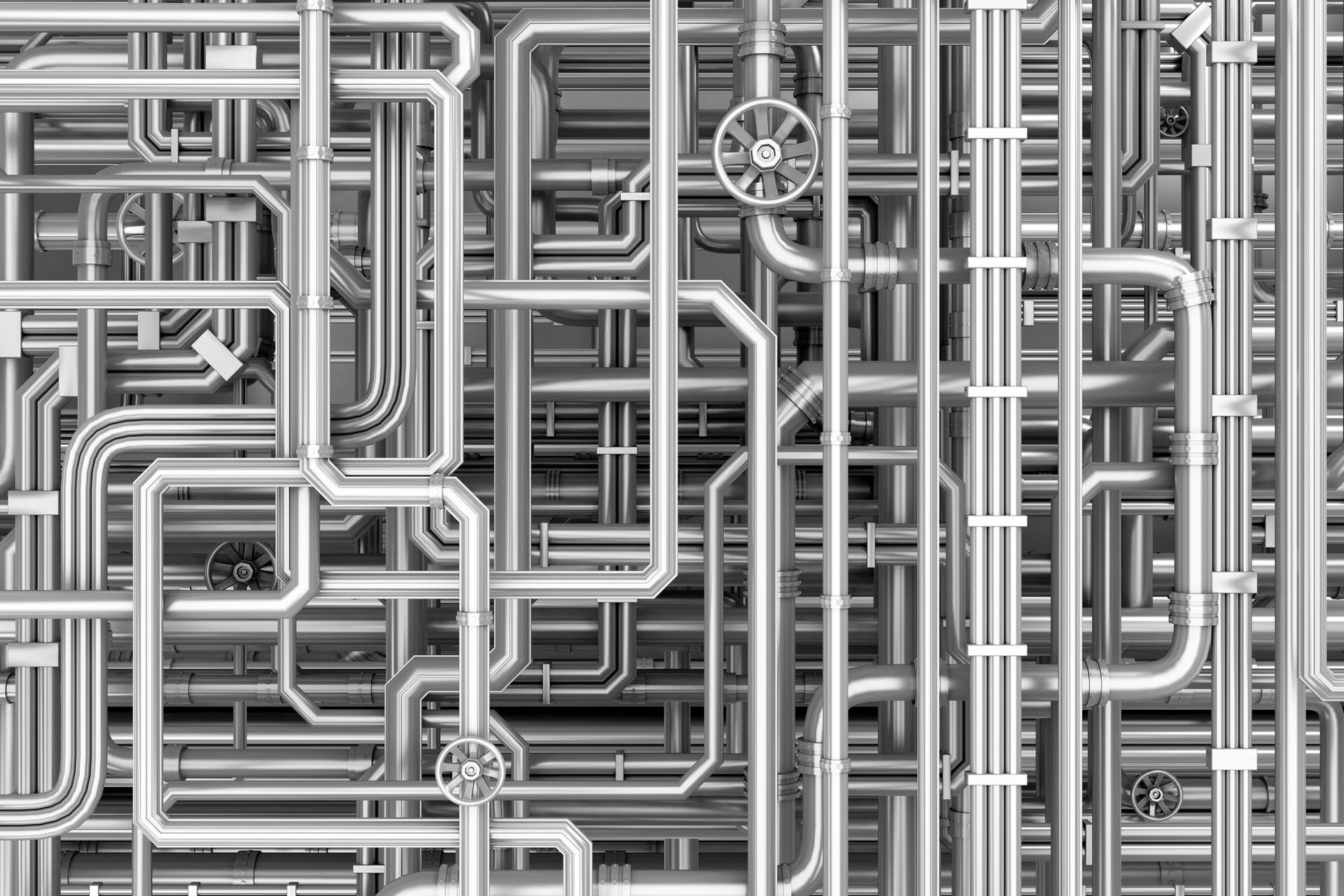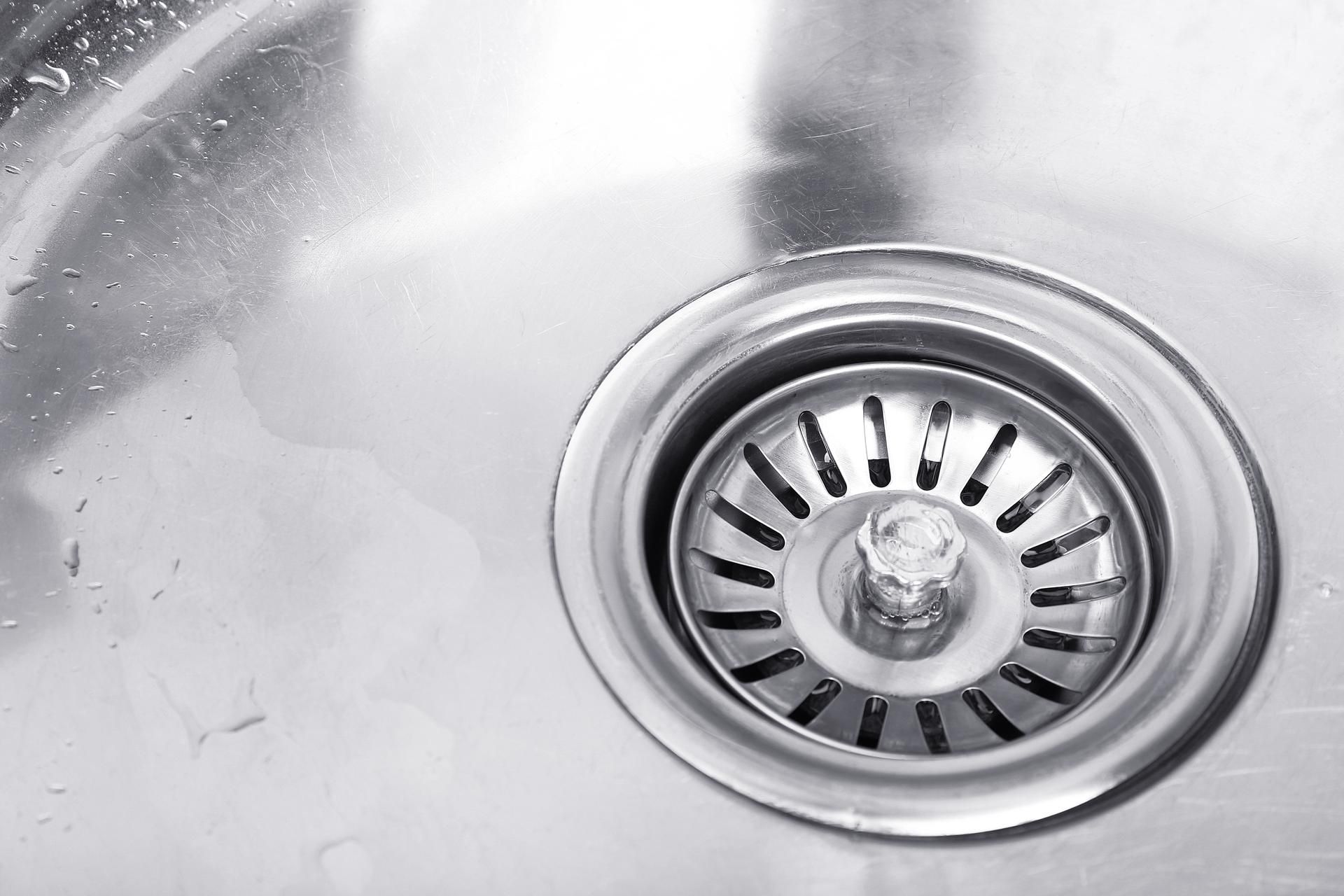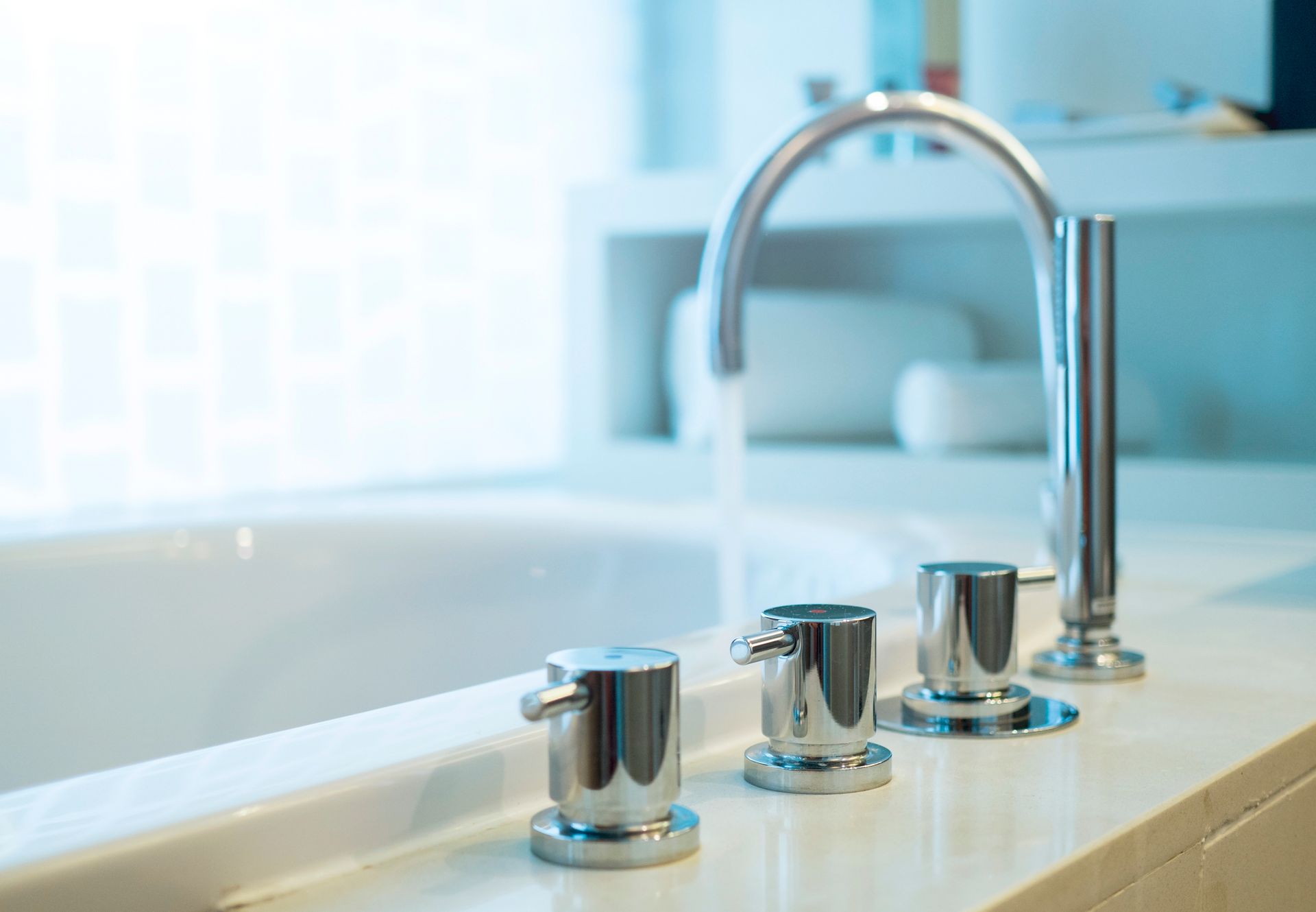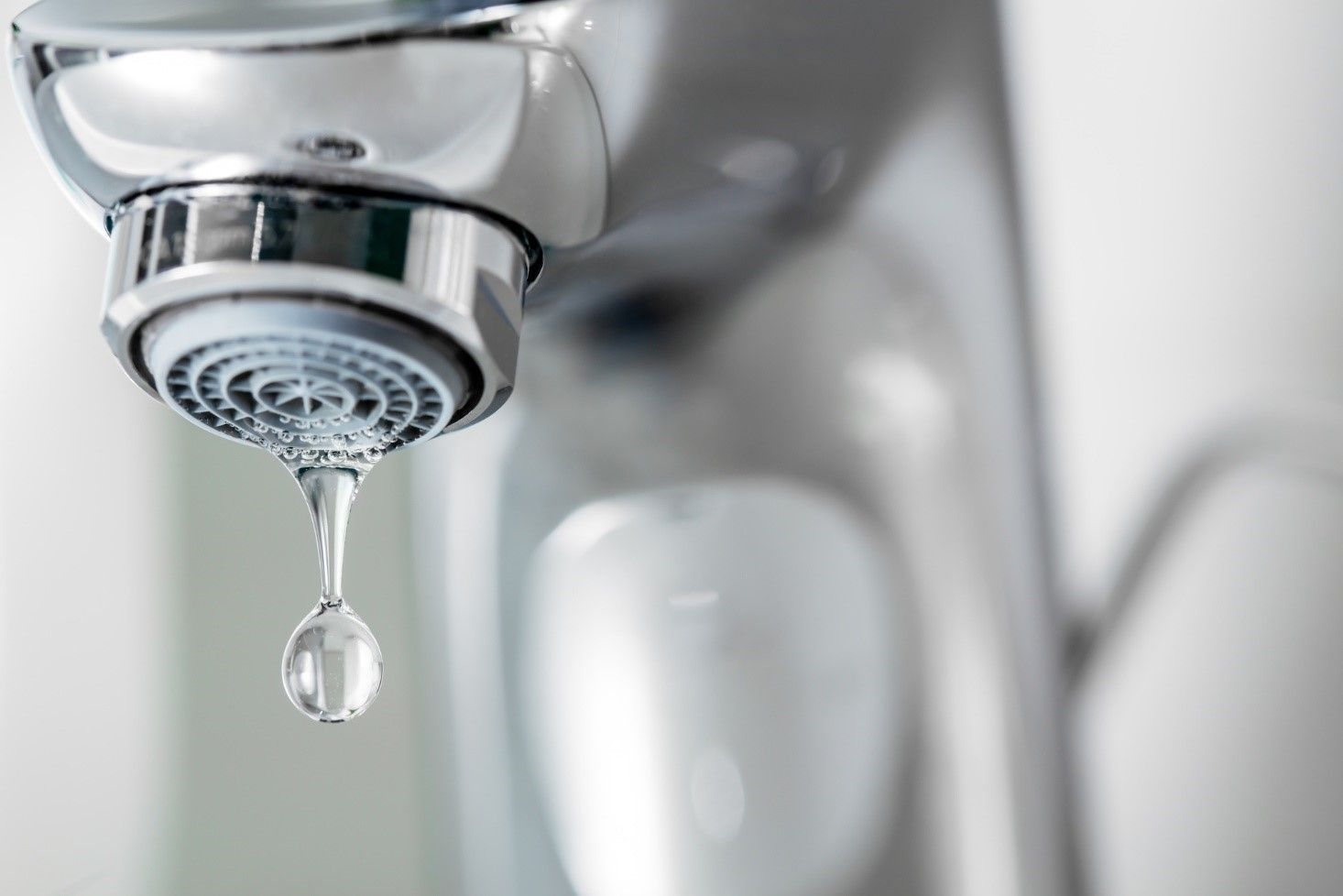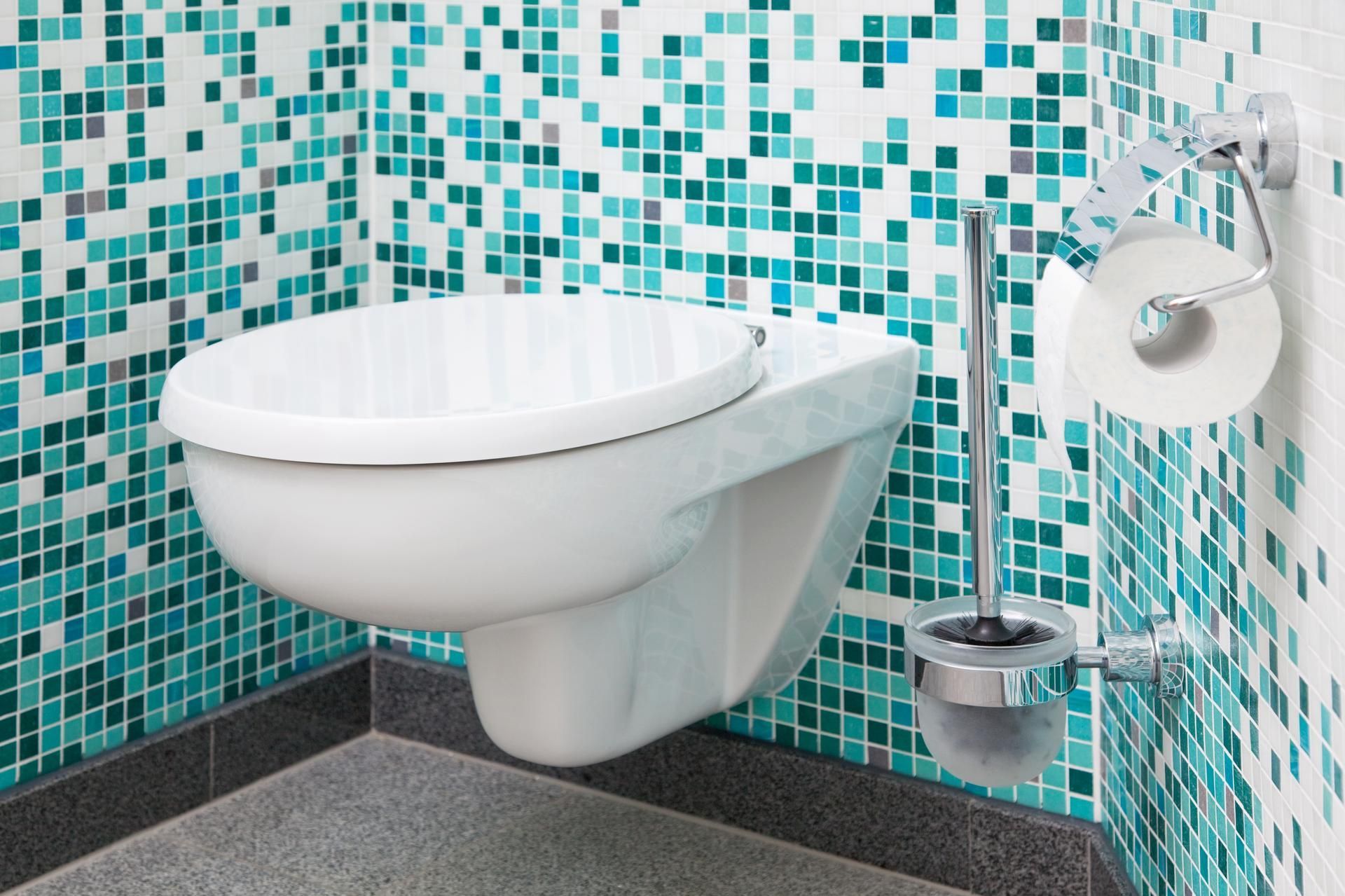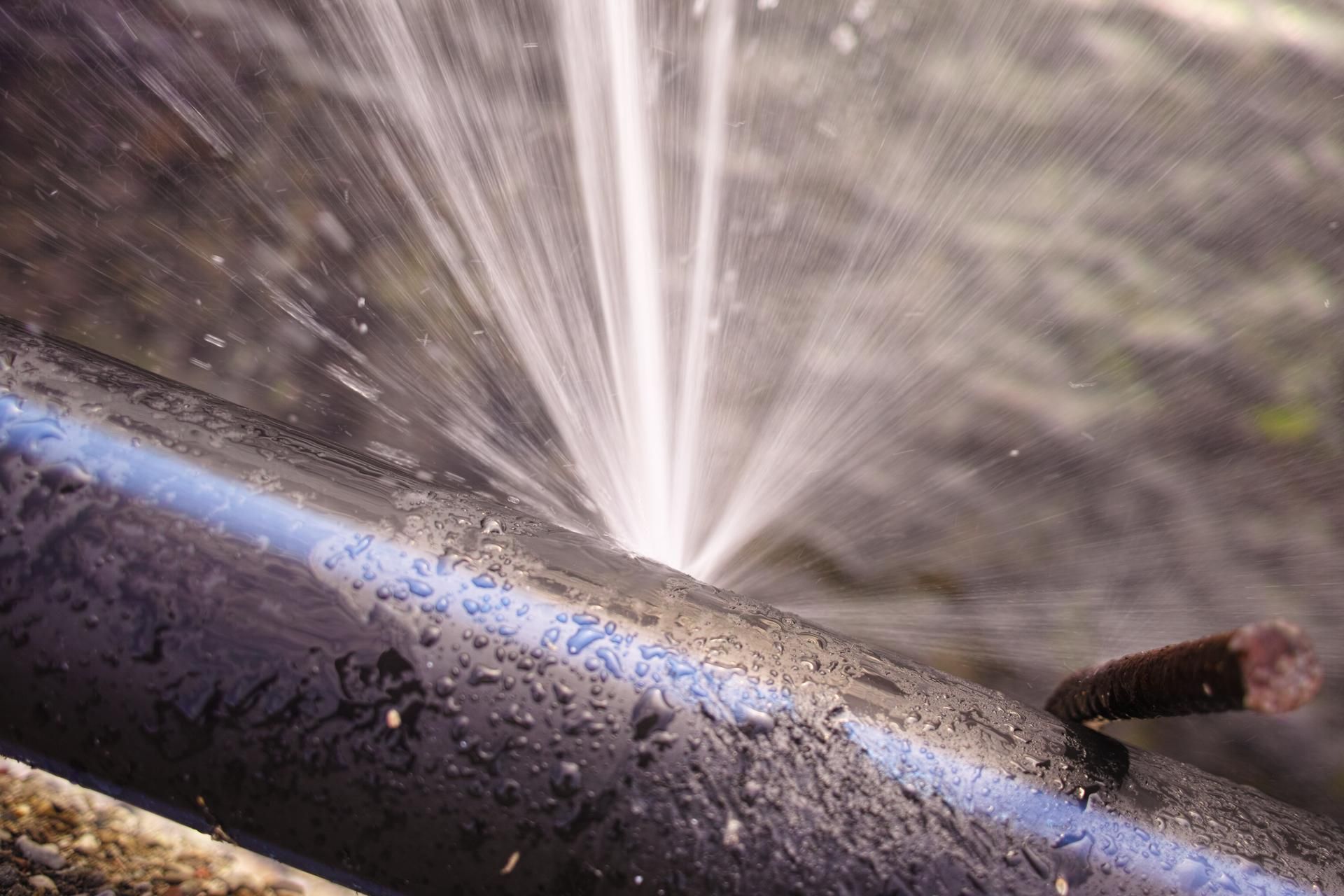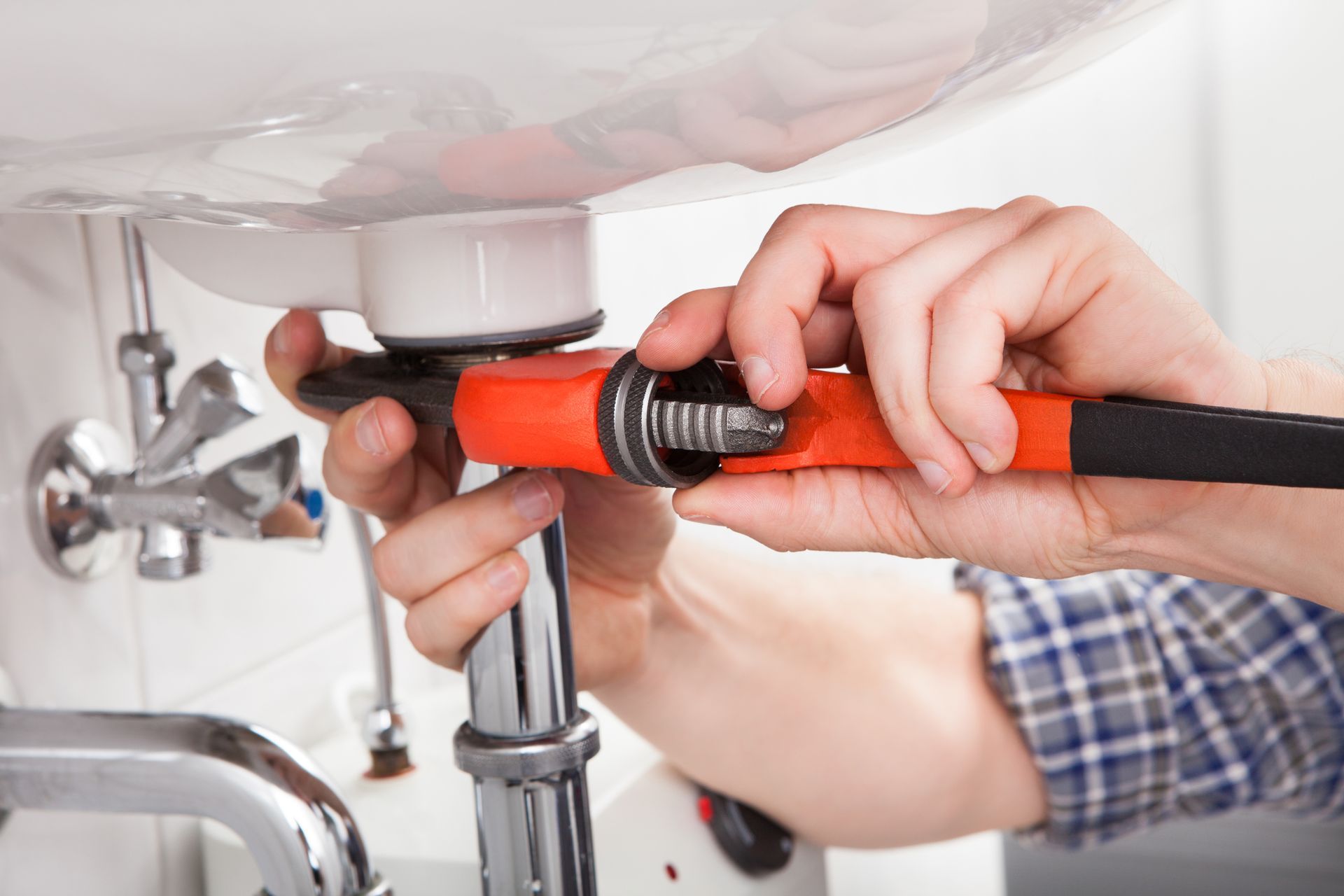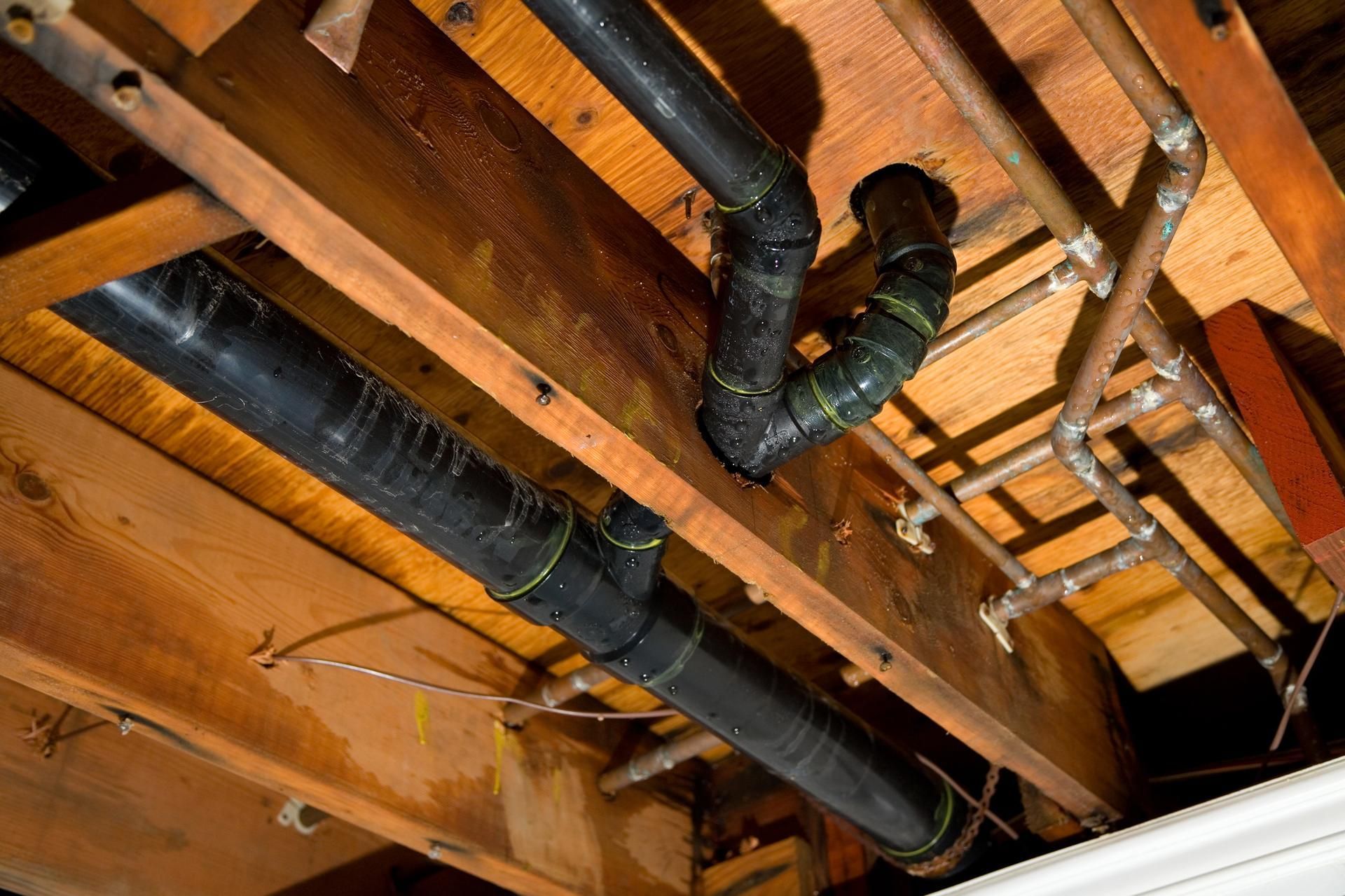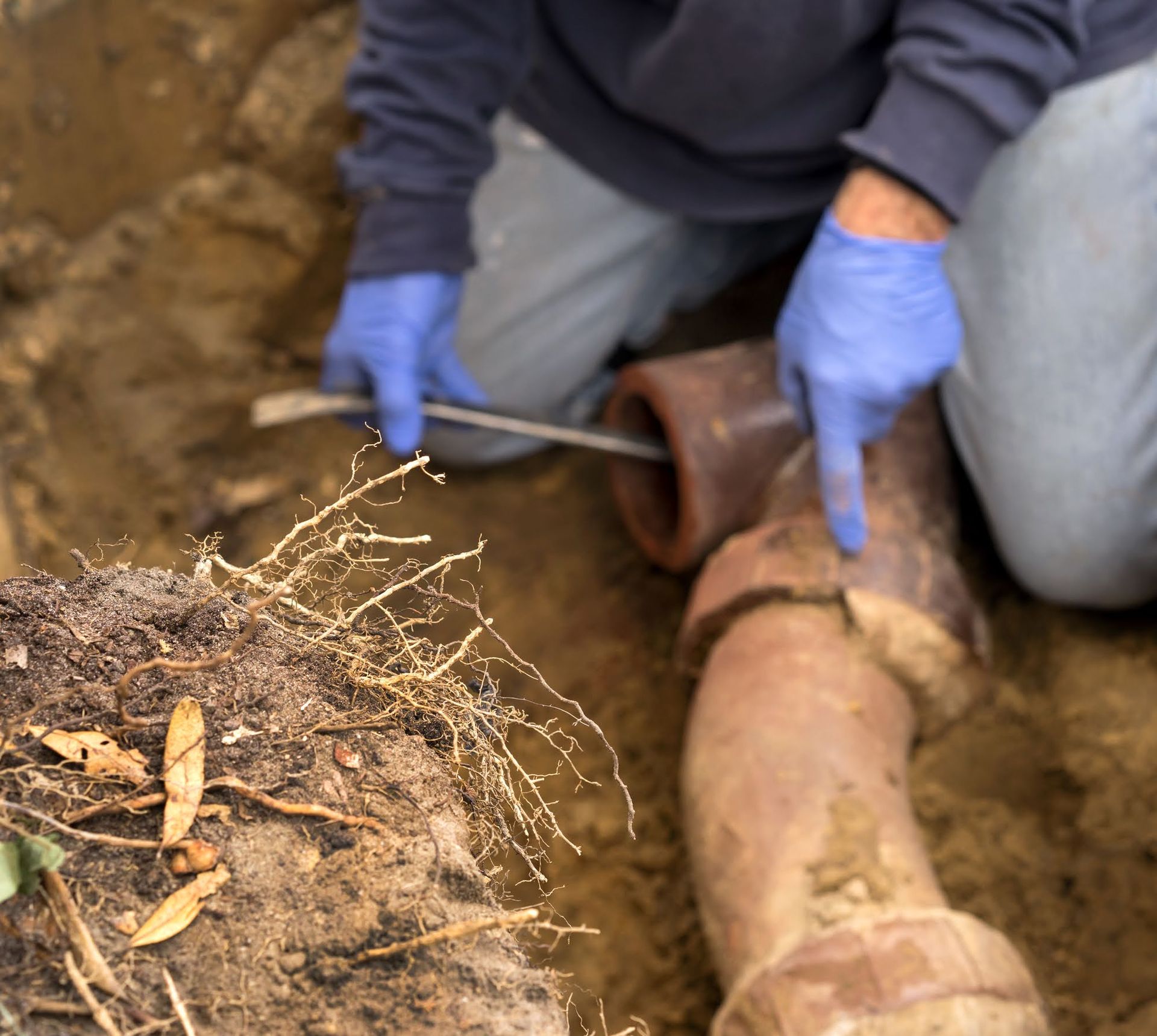Blog Post
4 Common Plumbing Materials in Your Home
- By Michigan Plumbing
- •
- 16 Nov, 2023
- •
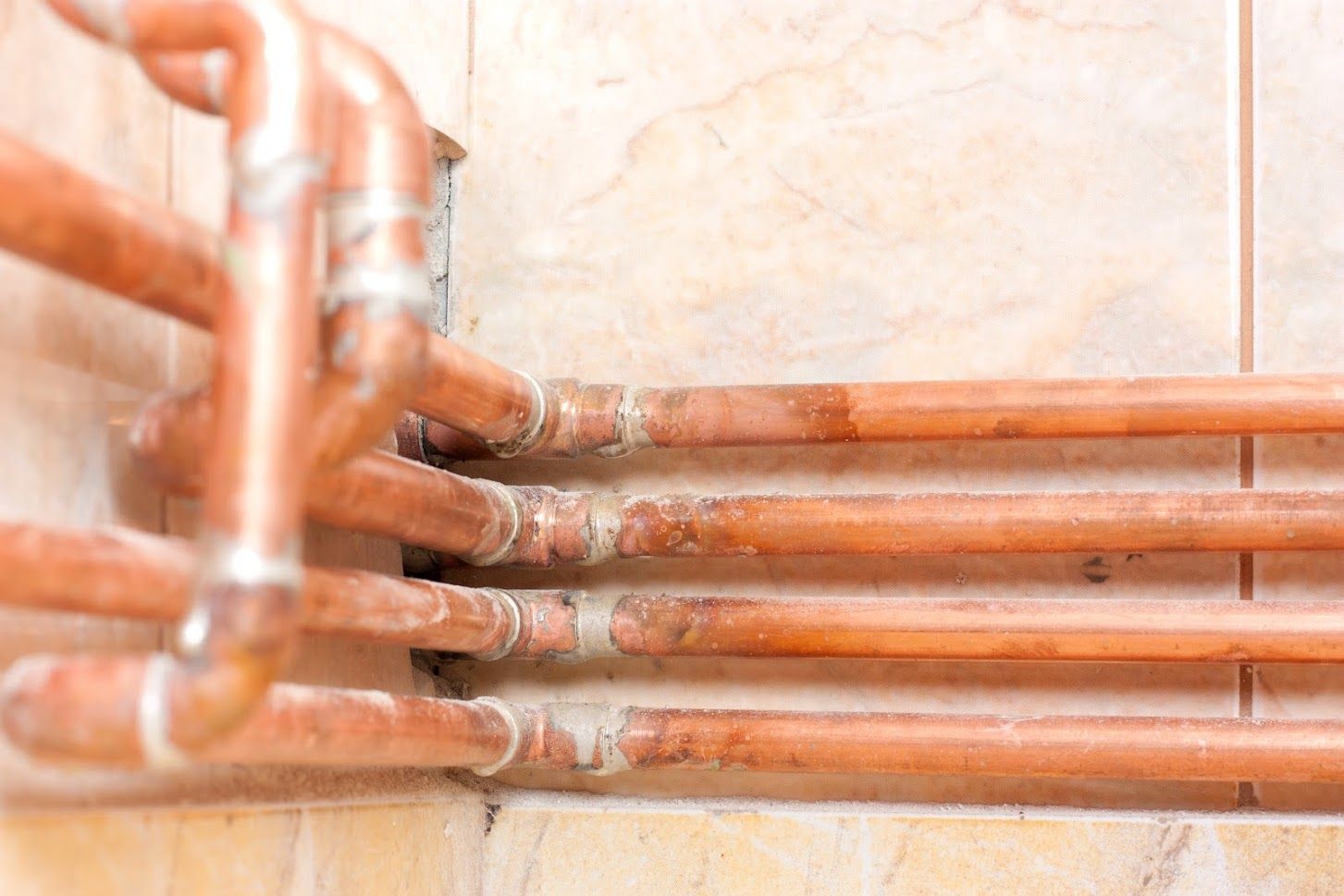
Plumbing is the unsung hero of our homes, reliably delivering clean water when we turn on the tap and whisking away waste whenever we flush. And yet, many homeowners give little thought to what their plumbing systems are made of until a problem occurs.
Delve into home plumbing, tackling four common types of material used to construct these vital systems. Understanding the pros, cons, and durability can help you make informed decisions when facing plumbing repairs or renovations.
1. Polyvinyl Chloride (PVC)
As the name suggests, PVC pipes are made of polyvinyl chloride, a type of plastic. A smooth inner lining keeps dirt from building up and makes them less likely to get clogged.
Because of this, they are also suitable for drain lines and pipes that operate in full sunlight. Furthermore, PVC pipes are light and straightforward to work with. All you need is a hacksaw, a miter box, and glue to join them.
Households often use these plastic lines in plumbing systems because they last a long time. They are also inexpensive and simple to put in place and will not rust or corrode. But before you buy PVC pipes for your home, know that they are not suitable for situations with a lot of pressure.
As a result, they are best suited for drain lines inside the house and not the main water lines. Also, you should not use PVC lines to carry hot water because they can melt or warp when they get too hot.
Because of this, they are also suitable for drain lines and pipes that operate in full sunlight. Furthermore, PVC pipes are light and straightforward to work with. All you need is a hacksaw, a miter box, and glue to join them.
Households often use these plastic lines in plumbing systems because they last a long time. They are also inexpensive and simple to put in place and will not rust or corrode. But before you buy PVC pipes for your home, know that they are not suitable for situations with a lot of pressure.
As a result, they are best suited for drain lines inside the house and not the main water lines. Also, you should not use PVC lines to carry hot water because they can melt or warp when they get too hot.
2. Copper
Pipes constructed of copper are typically 100% copper and have a reddish-brown sheen. Additionally, they are very durable and can withstand both high water pressure and high and low water temperatures without deteriorating.
Copper pipes, while attractive, have a few drawbacks that make them less than ideal for usage in some situations. They are more expensive than other plumbing materials like PVC pipes.
Due to the potential for corrosion and mineral buildup, they are also unsuitable for regions with acidic or hard water. In addition, connecting copper pipes is difficult for do-it-yourselfers because it requires specialized equipment and training.
Copper pipes, while attractive, have a few drawbacks that make them less than ideal for usage in some situations. They are more expensive than other plumbing materials like PVC pipes.
Due to the potential for corrosion and mineral buildup, they are also unsuitable for regions with acidic or hard water. In addition, connecting copper pipes is difficult for do-it-yourselfers because it requires specialized equipment and training.
3. Cross-Linked Polyethylene (PEX)
PEX pipes are usually composed of high-density polyethylene (HDP) plastic, which is tolerant against rust and corrosion and costs less than other types of plumbing.
This piping can handle the water pressures in your home while being easy to work with through walls and ceilings. Plus, it is inexpensive and simple to set up, making it a go-to for low-stakes plumbing jobs. They are also color-coded to tell the difference between hot and cold water at a glance.
However, if you are considering installing PEX pipes, first verify their legality with your local government. Furthermore, PEX is not biodegradable or recyclable and can have adverse effects on the environment. Also, rodents and other pests may cause significant damage to the material.
This piping can handle the water pressures in your home while being easy to work with through walls and ceilings. Plus, it is inexpensive and simple to set up, making it a go-to for low-stakes plumbing jobs. They are also color-coded to tell the difference between hot and cold water at a glance.
However, if you are considering installing PEX pipes, first verify their legality with your local government. Furthermore, PEX is not biodegradable or recyclable and can have adverse effects on the environment. Also, rodents and other pests may cause significant damage to the material.
4. Acrylonitrile Butadiene Styrene (ABS)
In residential plumbing, ABS pipes are frequently used for drain water transport. ABS pipes look like PVC pipes, but they are dark and stiff instead of flexible. The thermoplastic resin used to make this plumbing pipe keeps costs down while making it simple to set up.
ABS pipes can resist more significant stresses and lower temperatures than PVC pipes. This makes them more frost-resistant. However, they can distort and break when exposed to UV light, making them unsuitable for usage outside.
Another problem with ABS pipes is that they include bisphenol A, a chemical potentially dangerous to human health. This eliminates one of their primary uses, making them less flexible than PVC pipes in water supply lines. Some homeowners may also be bothered by the fact that ABS pipes tend to be louder than other plumbing pipes.
Contact us at Michigan Plumbing for plumbing repair and maintenance in the Lansing area, Michigan.
ABS pipes can resist more significant stresses and lower temperatures than PVC pipes. This makes them more frost-resistant. However, they can distort and break when exposed to UV light, making them unsuitable for usage outside.
Another problem with ABS pipes is that they include bisphenol A, a chemical potentially dangerous to human health. This eliminates one of their primary uses, making them less flexible than PVC pipes in water supply lines. Some homeowners may also be bothered by the fact that ABS pipes tend to be louder than other plumbing pipes.
Contact us at Michigan Plumbing for plumbing repair and maintenance in the Lansing area, Michigan.
Share
Tweet
Share
Mail
Michigan Plumbing
6204 Lansing Road
Lansing, MI 48917
Phone:
517-322-2993
Email: info@michiganplumbing.com
Open on Holidays
Appointments Available
Open 7 Days a Week
24-Hour Emergency Service
LICENSED & INSURED
The Mid-Michigan Plumbers at Michigan Plumbing are Plumbers in MI Near
- Lansing MI
- East Lansing MI
- Bath MI
- Bath Charter Township
- Charlotte MI
- Delhi MI
- Delhi Charter Township
- Delta MI
- Delta Charter Township
- Dewitt MI
- Dewitt Charter Township
- Grand Ledge MI
- Mason MI
- Okemos MI
- Owosso MI
Emergency Plumbers are Near You across the Lansing – East Lansing metro area and Central Michigan
Michigan Plumbing
6204 Lansing Road
Lansing, MI 48917
Phone:
517-940-6625
Email: info@michiganplumbing.com
Open on Holidays
Appointments Available
Open 7 Days a Week
24-Hour Emergency Service
LICENSED & INSURED
Content, including images, displayed on this website is protected by copyright laws. Downloading, republication, retransmission or reproduction of content on this website is strictly prohibited. Terms of Use
| Privacy Policy


